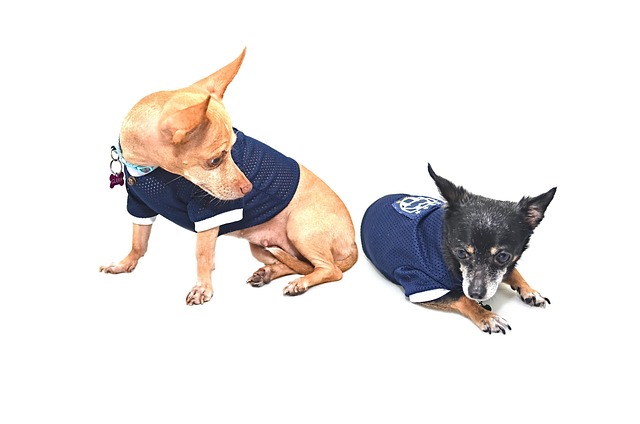
How can I tell if my dog's heatstroke is serious
Let’s be real: It’s a sticky August morning in Los Angeles, and you took your 2-year-old Golden Retriever, Max, for a walk a little later than usual
A mother labrador trots into the living room, tail low but purposeful, a squirming fur ball clamped gently in her jaws. She drops the tiny puppy at her owner’s feet, then sits back, ears perked as if waiting for approval. This scene plays out in homes across Europe and North America, leaving many dog owners wondering what drives the behavior.
It starts with instinct, the same primal code that makes wolves in the wild introduce their litters to the pack. For domestic dogs, their human family becomes that pack. By bringing puppies to you, a mother dog is essentially saying, “These are ours to protect together.” Veterinarians note this behavior often intensifies when a mother feels her puppies are safe—she’s sharing her joy, not seeking help.
In countries like Germany, where strict animal welfare laws require breeders to provide socialization opportunities, this “presentation” behavior is seen as a positive sign of a mother’s confidence. It’s a stark contrast to more anxious mothers who might hoard puppies, a red flag for owners to check on environmental stressors. Even in more rural areas of the U.S., experienced dog handlers recognize this as a form of communication, not a request for intervention.
 But there’s a fine line between observation and overstepping. In the UK, the Animal Welfare Act emphasizes respecting an animal’s natural behaviors, and interfering with a mother’s routine—like constantly handling puppies after she’s shown them to you—can trigger protective aggression. Owners often misread this as rejection, but it’s usually a mother setting boundaries, much like a human parent might.
But there’s a fine line between observation and overstepping. In the UK, the Animal Welfare Act emphasizes respecting an animal’s natural behaviors, and interfering with a mother’s routine—like constantly handling puppies after she’s shown them to you—can trigger protective aggression. Owners often misread this as rejection, but it’s usually a mother setting boundaries, much like a human parent might.
Younger dogs, especially first-time mothers, might exhibit this behavior more frequently as they navigate their new role. A golden retriever in Sweden was documented bringing each puppy to her owner individually over several hours, a behavior researchers attributed to both insecurity and eagerness to bond. It’s a reminder that while instincts run deep, each dog’s personality shapes how they interact with their human companions.
As with any canine behavior, context matters. A mother who brings puppies repeatedly, along with signs like excessive panting or restlessness, might be signaling discomfort—perhaps the whelping box is too hot, or there’s a noise disturbing the litter. This is where understanding your dog’s normal behavior becomes crucial; familiarity lets you distinguish between a proud display and a silent plea for help.
Ultimately, this act is a testament to the unique bond between dogs and humans. In the wild, such vulnerability would be rare, but our domesticated companions have learned to trust us with their most precious cargo. It’s a privilege that comes with responsibility—respecting their instincts, knowing when to step back, and ensuring their environment meets both mother and puppies’ needs, all while staying mindful of local laws that guide responsible pet ownership.

Let’s be real: It’s a sticky August morning in Los Angeles, and you took your 2-year-old Golden Retriever, Max, for a walk a little later than usual

You're enjoying a summer afternoon at the park when you notice your dog has stopped panting and appears disoriented - their gums are bright red

Let’s paint the picture: You’re in your Denver apartment, watching your 4-year-old Boston Terrier, Ruby, plop down mid-play session with her favorite toy

Many dog owners notice their pets nails seem shorter after regular walks,but how much does this daily activity actually help?The answer depends on where you walk—concrete sidewalks or asphalt streets gently file nails as a dog's paws hit the ground

Most dog owners notice their pup scooting across the carpet at some point, but few connect it to impacted anal glands. These small sacs near a dog’s rectum secrete a scent for marking territory

Most vets agree that regular dog teeth cleaning is key to avoiding painful dental issues later. For healthy adult dogs, a professional cleaning at the vet’s office every 12 to 18 months usually works well.